(Machine translation powered by GPT-3) The Easter holiday has passed and many travelers have had to return home. Personally, I prefer to travel to unfamiliar places where I can take the opportunity to immerse myself in the history, culture, and language of the area. After all, mere book learning is not enough! If I can gain some insight from my travels, I consider myself blessed. Since Hong Kong reopened, I have traveled abroad quite a few times to Japan, the Philippines, Spain, and Portugal.
Originally, I chose my destinations based on which airlines had the cheapest tickets and which countries I hadn't yet visited. However, sometimes not having a plan is the best plan. After visiting the Philippines and Spain, I had an epiphany, similar to what Apple founder Steve Jobs called "connecting the dots." Today, I want to share what I learned.
First of all, both countries are predominantly Roman Catholic, and churches in both countries serve as landmarks and must-visit attractions for tourists. For example, in Cebu, you must visit the "Basilica del Santo Niño, and if you haven't been to the "Sagrada Familia" in Spain, you can't say you've truly visited the country.
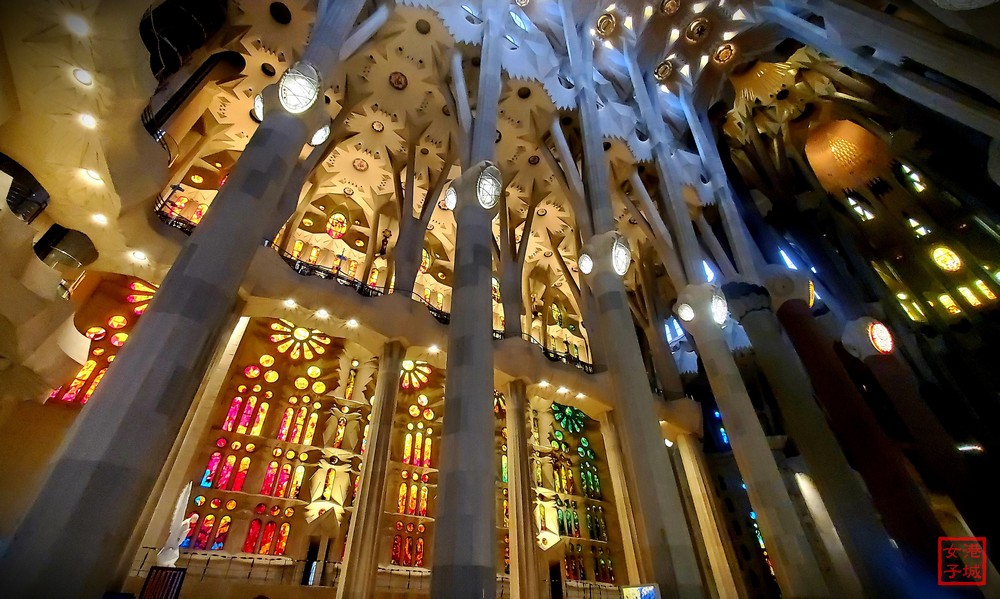
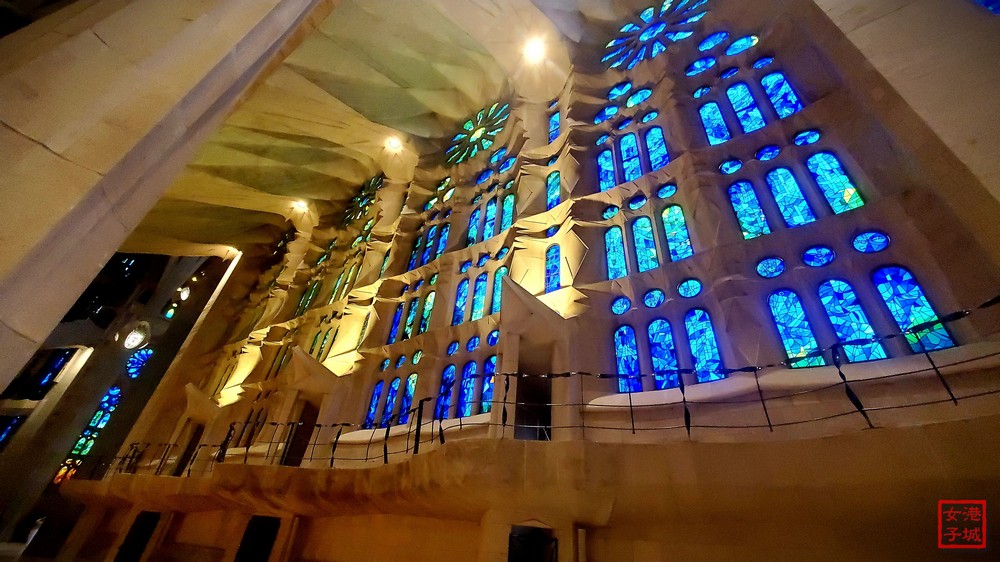
The Santo Niño statue in Cebu's Basilica del Santo Niño is rich in history and legend, with one hand holding a sphere representing the universe and the other hand gesturing a blessing with two fingers crossed. As far as my memory goes, the Santo Niño image is unique in churches around the world, though it has a similar style to that of Spain due to its history - it is said that this statue was brought to the Philippines by Magellan. The "Black Madonna" statue with the Holy Child in Montserrat Mountain, Spain during the Middle Ages, also holds a sphere representing the universe in one hand and crossed fingers in the other. Both Spain and the Philippines have countless works of art, whether paintings or sculptures, depicting the Virgin Mary holding the Child Jesus, and they are often familiar images. The sheer number and long history of these works have made this style a unique part of their culture, with a charm all their own.
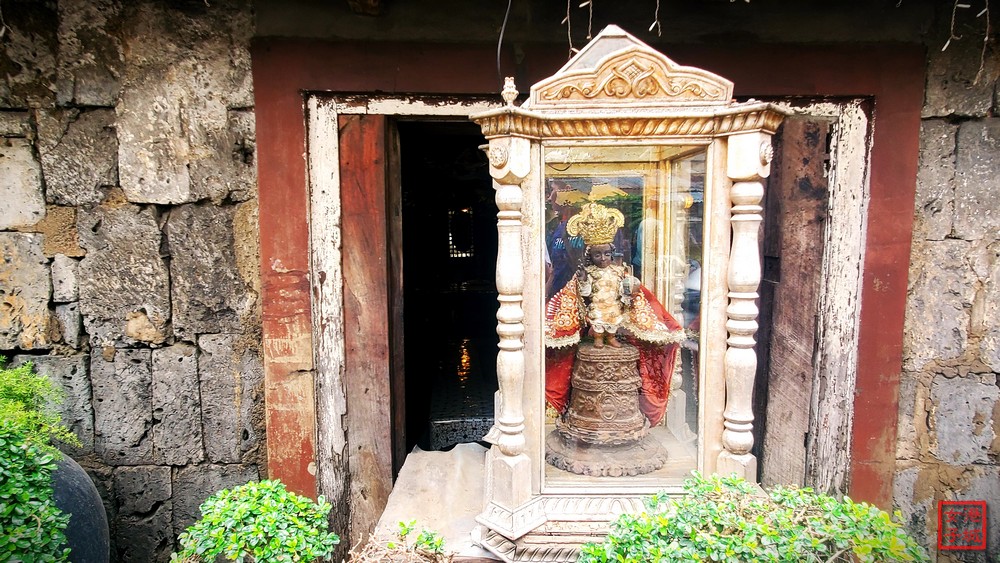
The churches in Cebu are very popular, with local believers touching and even kissing the statues of the Virgin Mary. The religious fervor in Spain is even more impressive. Even in this age of polytheism, the Spanish still commemorate the suffering and resurrection of Jesus Christ with great force. I was lucky enough to catch the "Holy Week" parade in Spain, which lasted for a week and took place several times a day. Even in big cities like Barcelona, Madrid, Granada, Malaga, to Seville, traffic was paused several times a day on the main road, with procession after procession filling the streets to celebrate the Passion and Resurrection of Jesus Christ. The processions were made up of "brotherhoods", with church members carrying incense burners, candles, and other religious items. Some even wore pointed hats. Various squadrons carrying flags would pass, followed by bearers carrying (usually) Jesus statues, which were the most eye-catching presence. Finally, there would be a band. The streets were filled with both locals and tourists from around the world, making for an impressive spectacle.
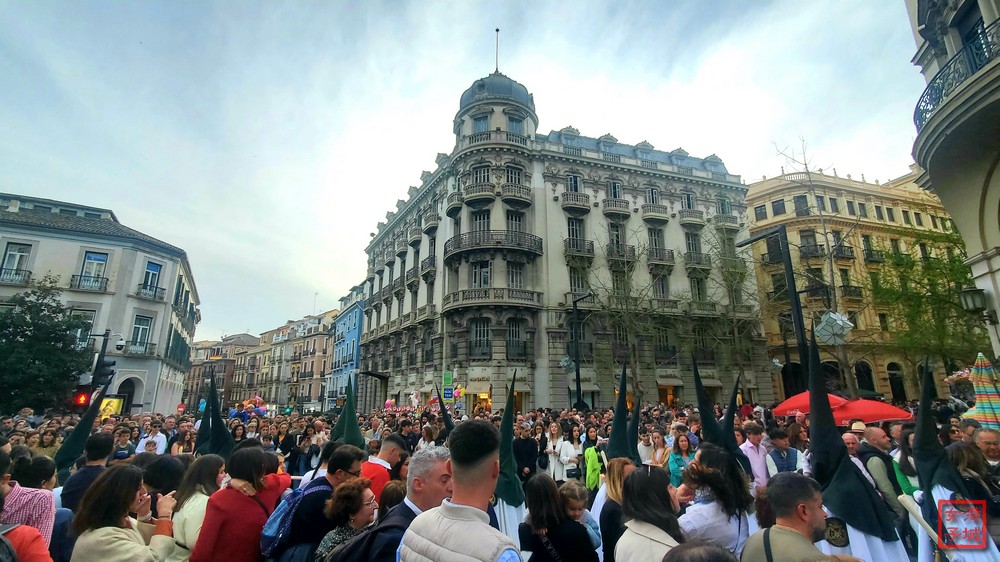
In fact, Catholicism, or Roman Catholicism, did not originate in Spain, nor has it always been a Catholic country. Throughout the history of Spain, or rather the Iberian Peninsula, Catholicism was introduced by the Romans, which was later changed to "Arianism" during the period of romanization. Then to gain the support of foreign Catholic powers, as well as due to some domestic political factors, the country changed its religion to Catholicism. After several hundred years of Muslim rule, the Iberian Peninsula became part of the Islamic world between the 8th century and 15th century A.D.
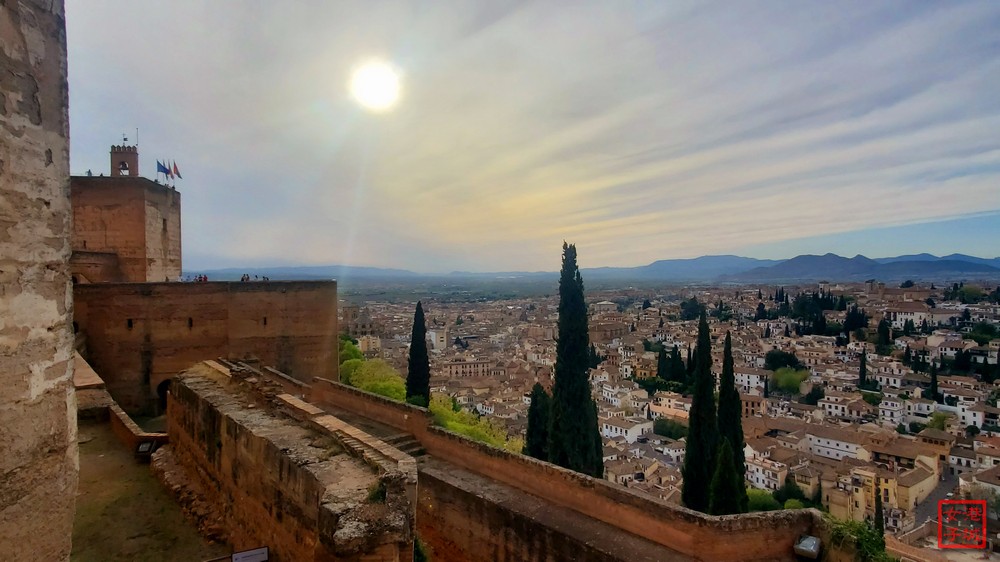
In the Middle Ages, Christians and Muslims fought continuously on the Iberian Peninsula, and it took several hundred years for the Christians to gradually recover their lost land. Then there was the Spanish Empire, the Age of Discovery, and colonization of the Philippines. The Spanish colonizers named the archipelago far beyond the southeast coast of China in the Western Pacific, after Prince Philip II, who was then the Crown Prince of Spain, and thus called it "Las Filipinas," which is the origin of the name "the Philippines." Thinking about it, the names of most sovereign countries in the world are taken by foreigners, and after years of historical immersion, they become internationally recognized products that are finally used by the people themselves.
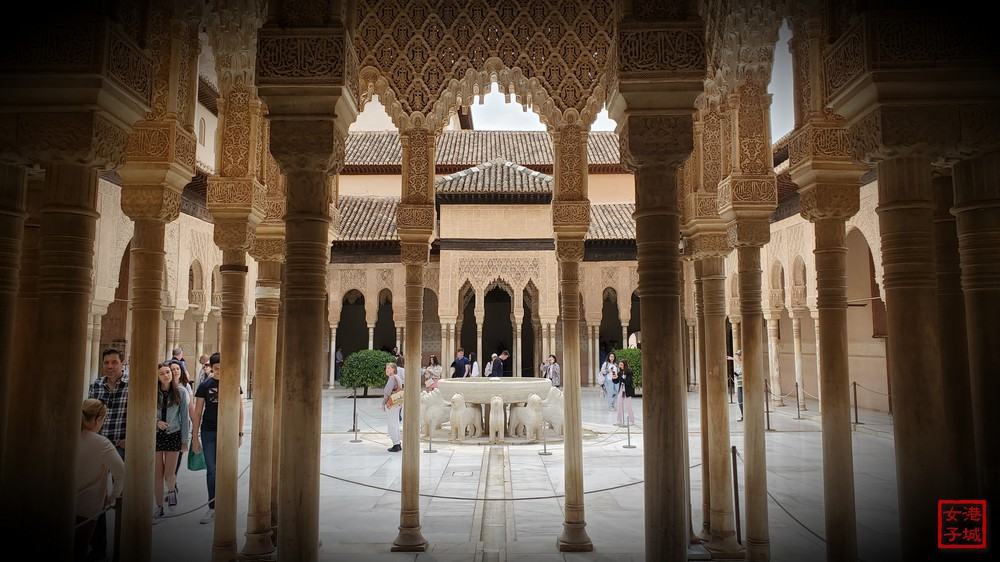
There is an interesting attraction on Mactan Island, where the Cebu airport is located, called the Lapu-Lapu Monument. Since the name was difficult to understand, tourists have not been very interested in it and instead crowded around the churches and Magellan's Cross in the city center. So who is Lapu-Lapu? Many people have heard of the famous navigator Magellan, but few know that he died on the "Mactan Island" in the Philippines, where this monument is located. It is said that the "anti-Western hero" who killed him was Lapu-Lapu. The commemorative park was built later, and if you are afraid that the trip may not be worth it, there is also an old Magellan monument nearby that tells the tangled history between the two countries and two figures.
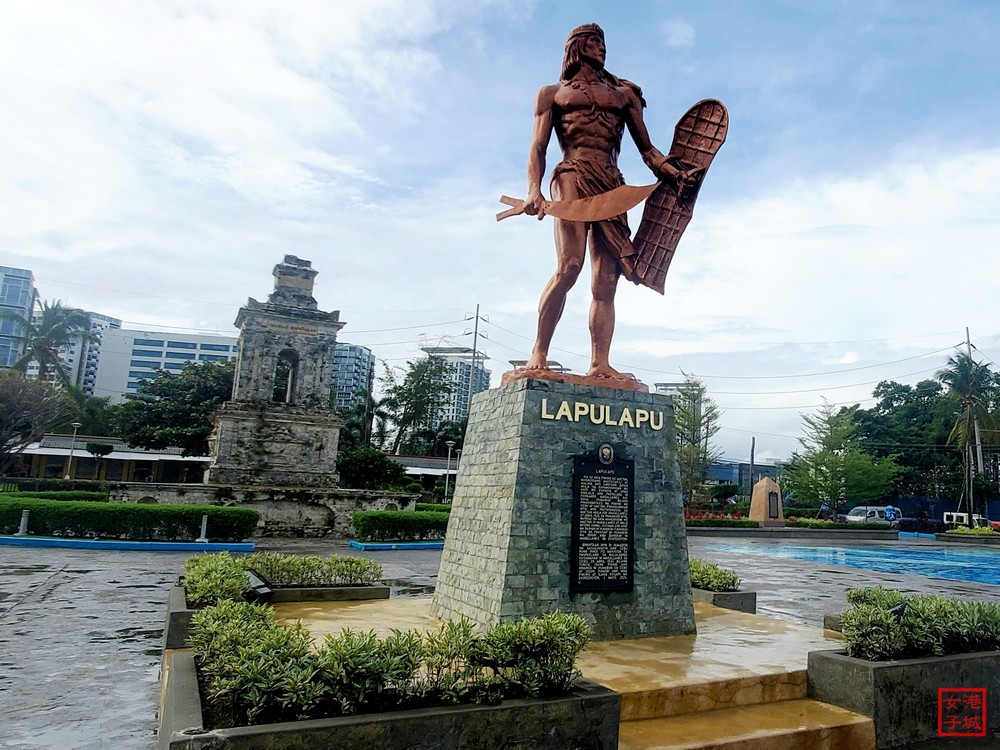
Speaking of Christianity, many people in Hong Kong attend church schools, so Catholicism shouldn't be unfamiliar. However, the Spanish Catholicism is so novel to me. Hong Kong was once a British colony, and the British Church of England was the official religion. However, when the British Empire administered the land of Hong Kong Island, they used a large number of Portuguese forces, Portuguese, and "Macanese locals" who had taken root there for centuries. Additionally, many missionaries from different countries and denominations used Hong Kong as a base for their evangelism, which made the Catholic influence in Hong Kong quite significant, especially from France. Similarly, the Italian missionaries also used French passports before the unification of Italy, which was quite convenient.
Talking about Christianity more broadly, let's go a bit further. Before the lockdown, I visited Scotland, and at that time the TV show "Outlander" was very popular on Netflix. Therefore, I also looked up information about the historical struggle between Scotland and England over religion. Interested readers can read my travelogue "The Real-Life Hogwarts Express". The protagonist of the show causes trouble all over the world and is forced to flee everywhere. In one episode, they escaped to America, and the female protagonist drifted to a deserted island in Central and South America, where a Spanish missionary and his mother-in-law rescued her. There was a line that stuck with me: "Christian Duty". I never quite understood what "Christian duty" meant until I went to the Philippines and Spain, where I kept coming into contact with "Faith, Hope, and Charity", and had a deeper appreciation.
"Love your neighbor as yourself" is something that everyone who has heard of Christianity knows. While it may be difficult to put into practice, there are certainly many who use religion as an excuse to commit evil acts. But at least, in my own experience, family and friends who are religious tend to be more loving and kind towards others. When I see the rows of tombstones of young missionaries in Happy Valley, or when I think about the foreign families of different ethnicities and skin colors that I have encountered, or when several Filipino ladies helped me with my wounds when I fell and hurt my knees in the Philippines - all these experiences have left a deep impression on me. I hope that someday it's becoming common that people know what is good and bad, and that it's nothing extraordinary to give and receive love in the world.
